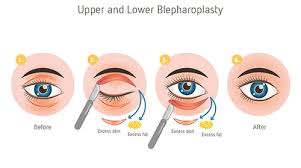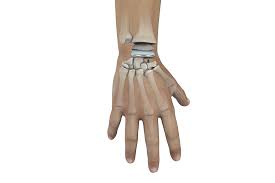Hair transplant surgery is a surgical procedure that moves hair follicles from one part of the body to another. This is done to restore hair growth in areas where hair is thinning or balding.
There are two main types of hair transplant surgery: follicular unit extraction (FUE) and follicular unit transplantation (FUT).
- FUE is the most common type of hair transplant surgery. It involves extracting individual hair follicles from a donor area, such as the back of the scalp, and transplanting them to the balding area.
- FUT is a less common type of hair transplant surgery. It involves removing a strip of tissue from the donor area and then transplanting the hair follicles from the strip to the balding area.
The decision of which type of hair transplant surgery is right for you will depend on your individual needs and goals. Mr Jabir will be able to help you decide which type of surgery is best for you.
Hair transplant surgery is a safe and effective procedure for restoring hair growth. However, it is important to consider all of the risks and benefits of hair transplant surgery before deciding if it is the right treatment for you.
Here are some of the risks of hair transplant surgery:
- Pain: There may be some pain after surgery. This pain usually goes away with time and treatment.
- Scarring: There may be some scarring at the donor and recipient sites. The scarring is usually not noticeable, but it can be permanent.
- Infection: There is a risk of infection after any surgery. The risk of infection is low for hair transplant surgery, but it is important to take steps to prevent infection, such as following your doctor’s instructions carefully.
- Uneven hair growth: The transplanted hair may not grow evenly. This is usually temporary, but it can be permanent in some cases.
- Unnatural-looking hair: The transplanted hair may look unnatural, especially if it is transplanted to a different part of the scalp. This is usually temporary, but it can be permanent in some cases.
Here are some additional things to consider before having hair transplant surgery:
- Your age: Hair transplant surgery is usually most effective for people who are in their 20s, 30s, or 40s. Hair loss can continue after hair transplant surgery, so it is important to be realistic about your expectations.
- Your hair type: Hair transplant surgery is most effective for people with thick, coarse hair. People with fine or thin hair may not see as much improvement after surgery.
- Your lifestyle: Hair transplant surgery requires some downtime. You will need to avoid strenuous activity for several weeks after surgery.












